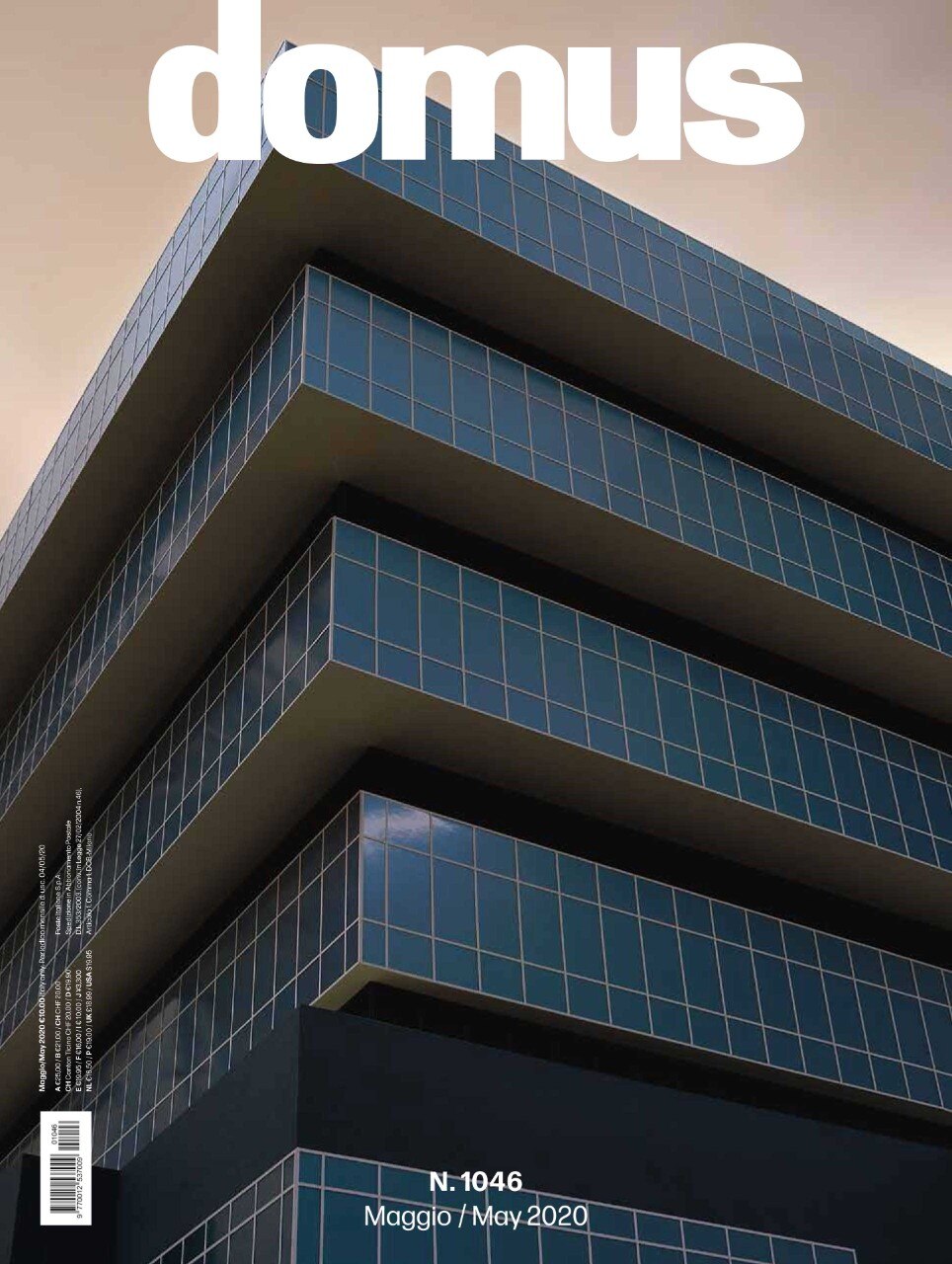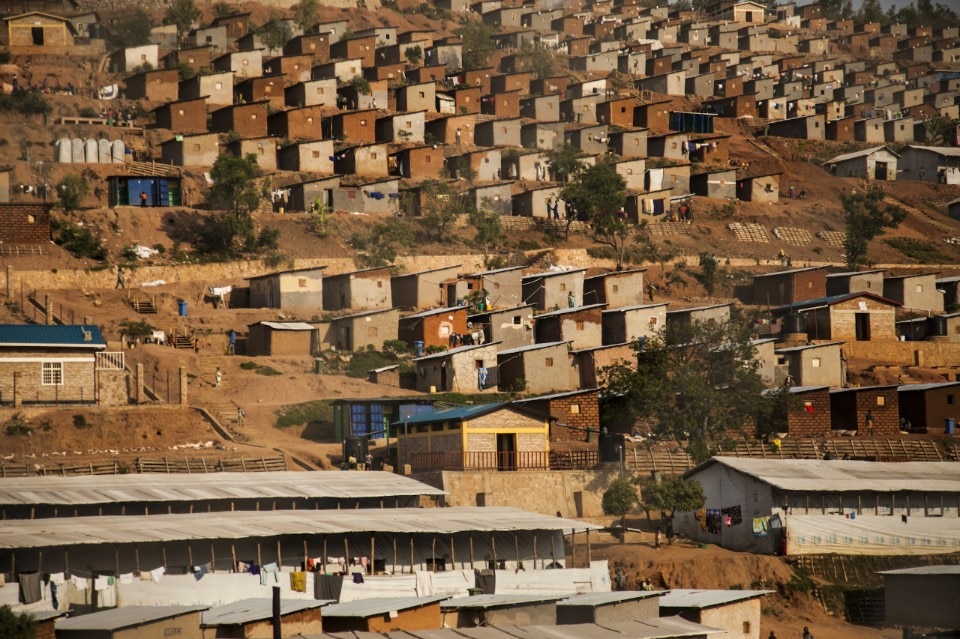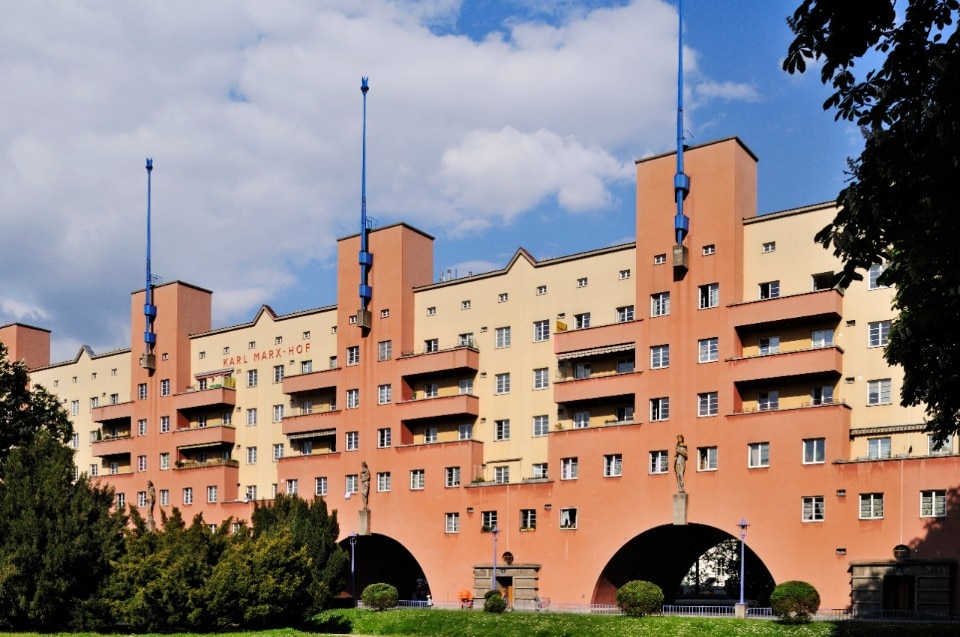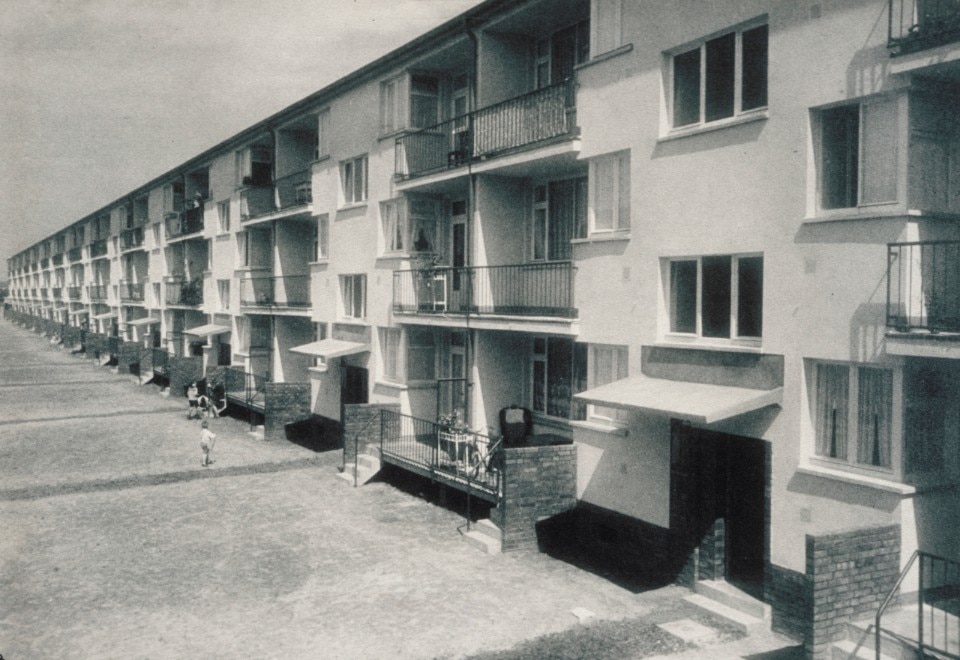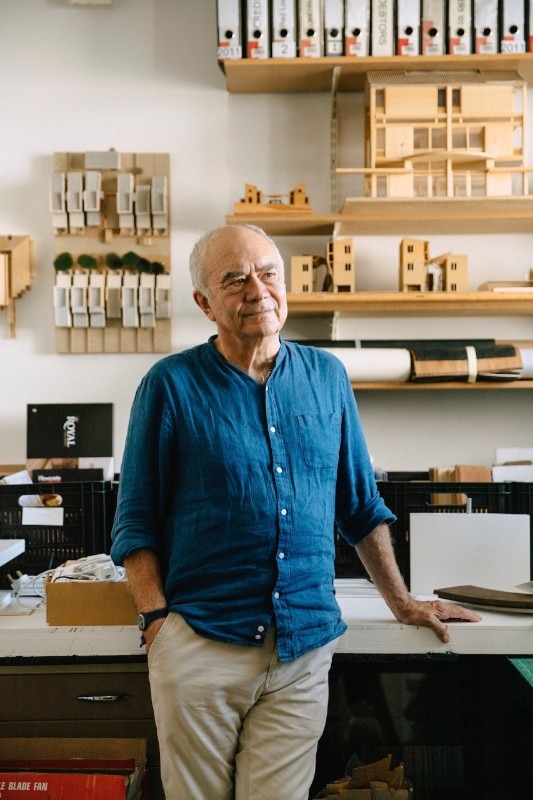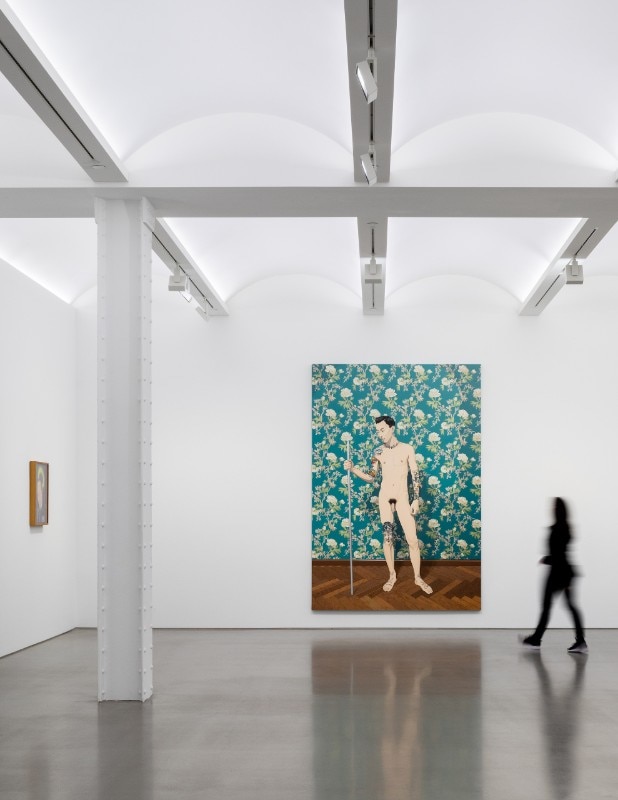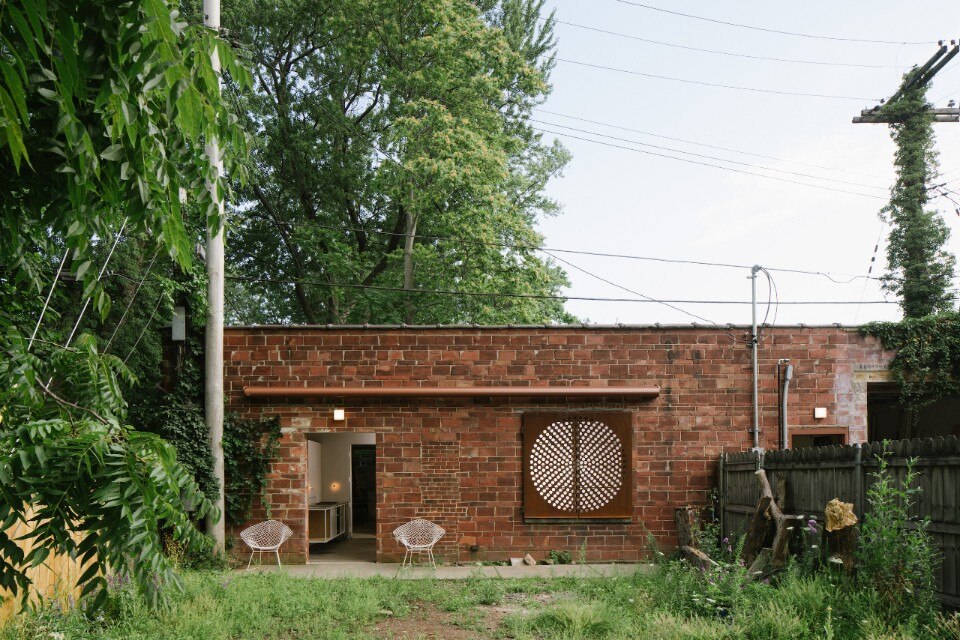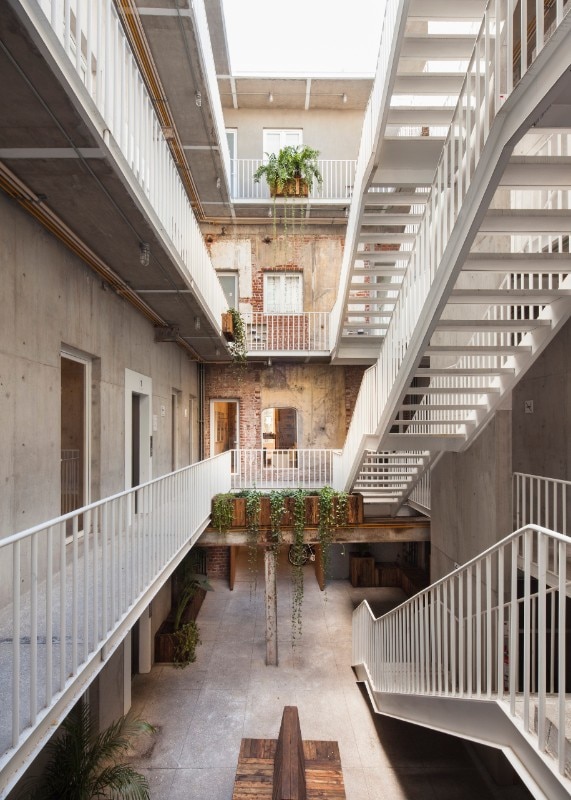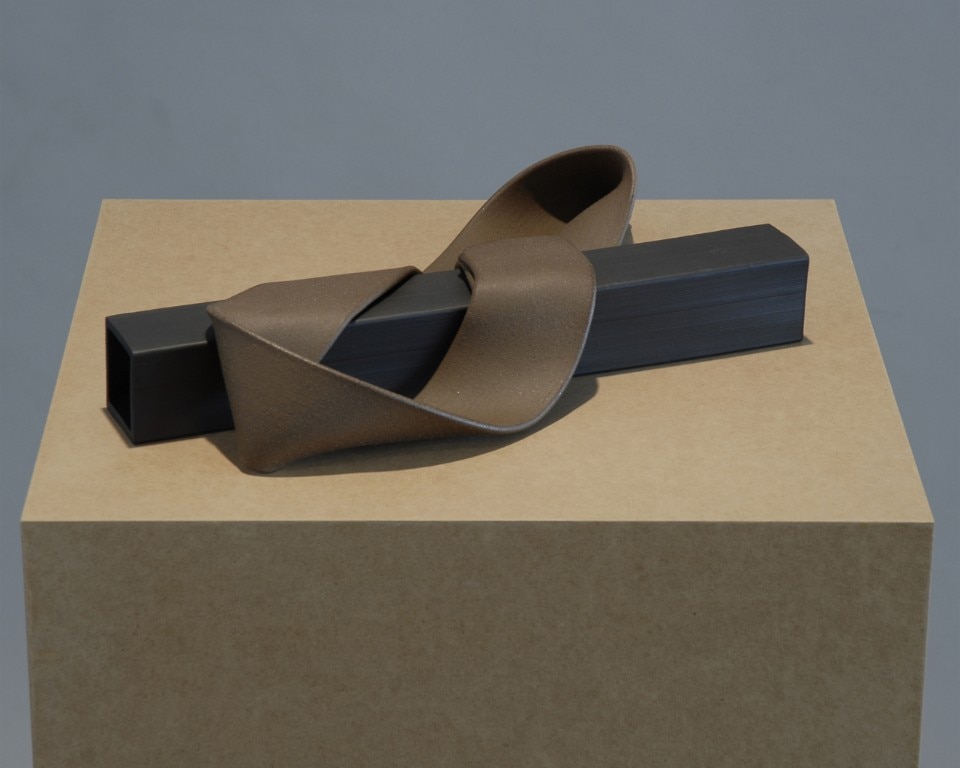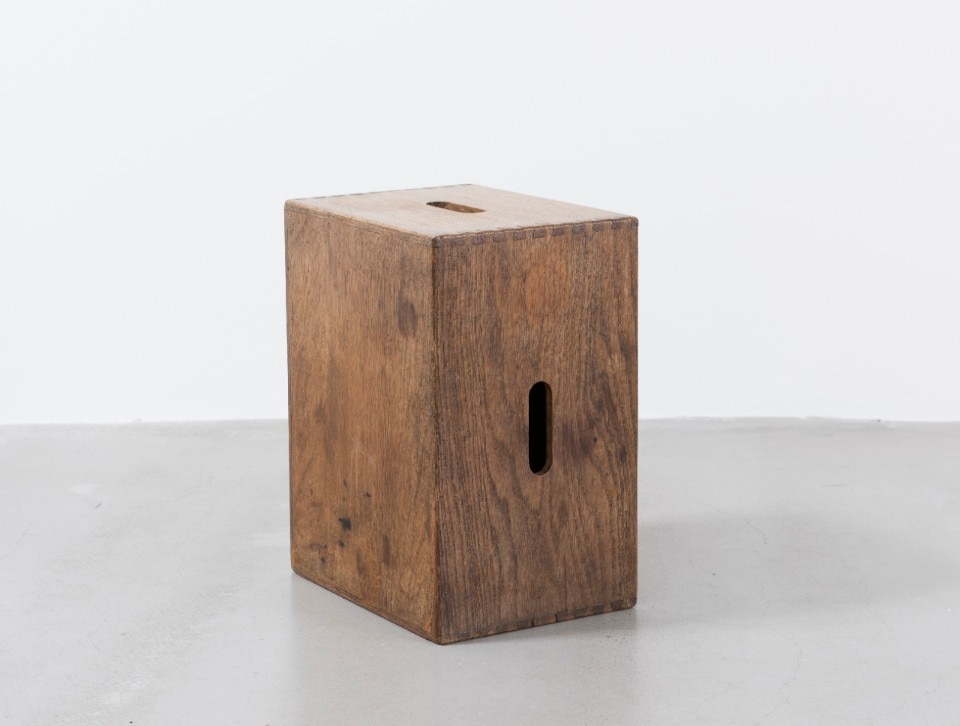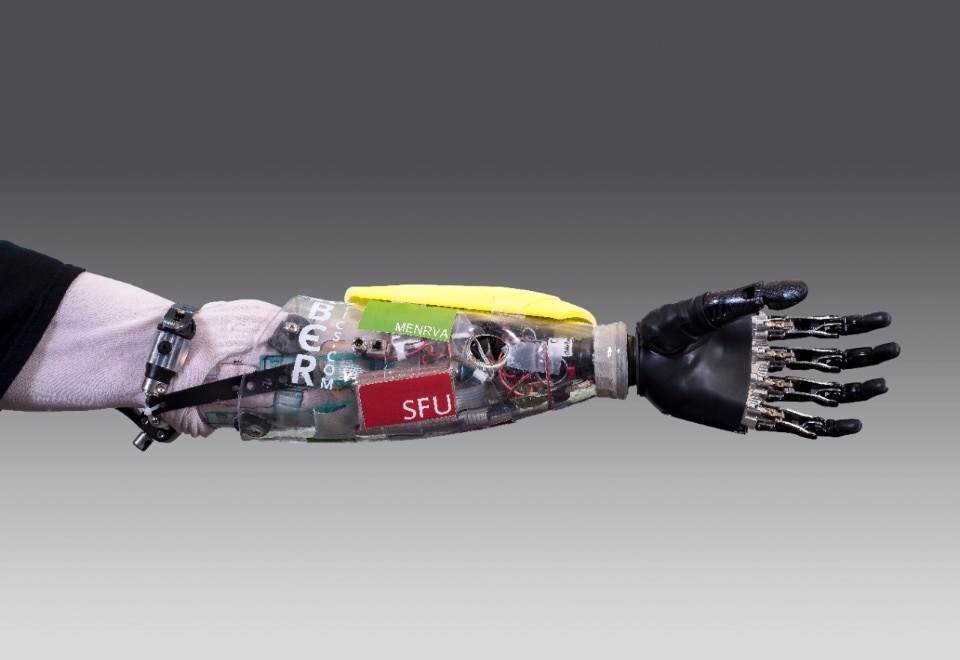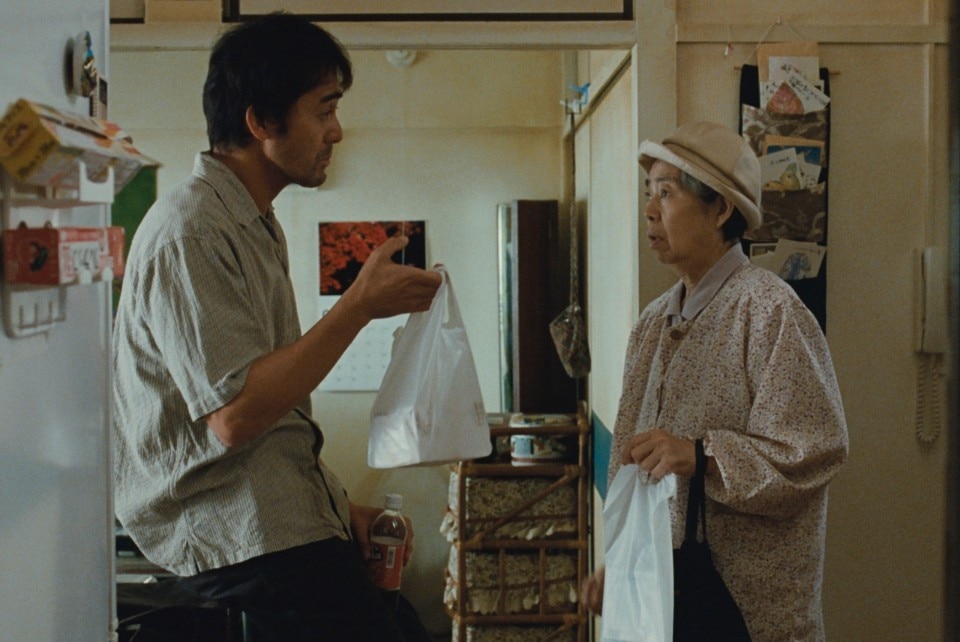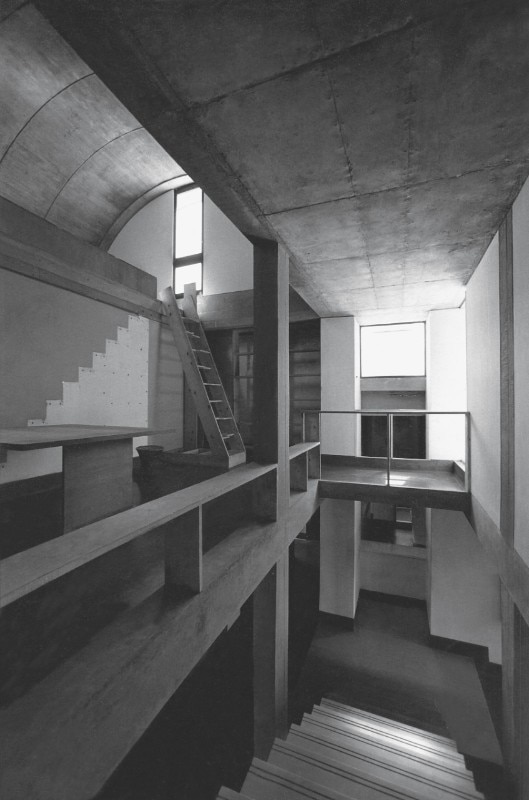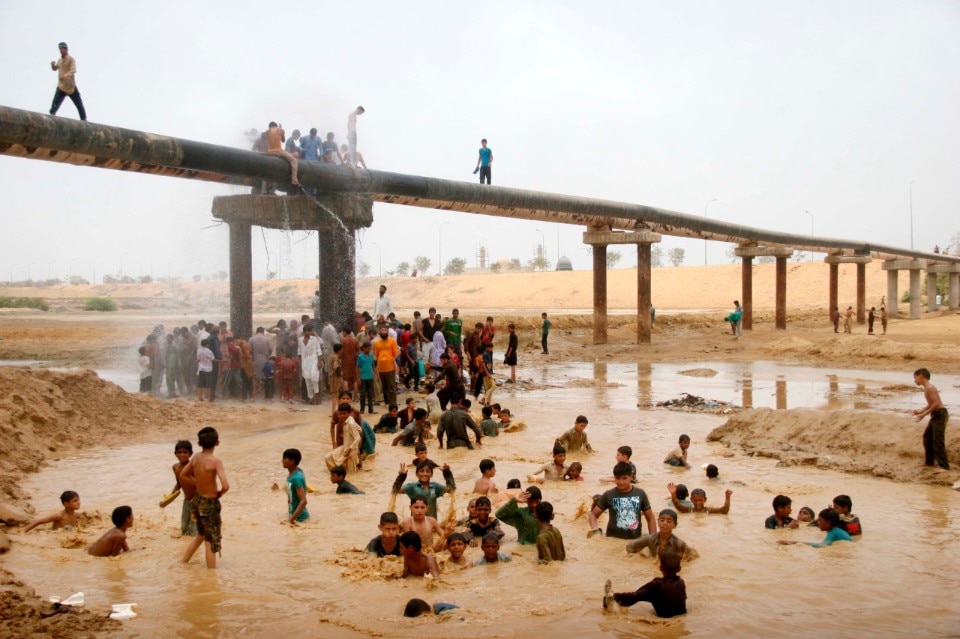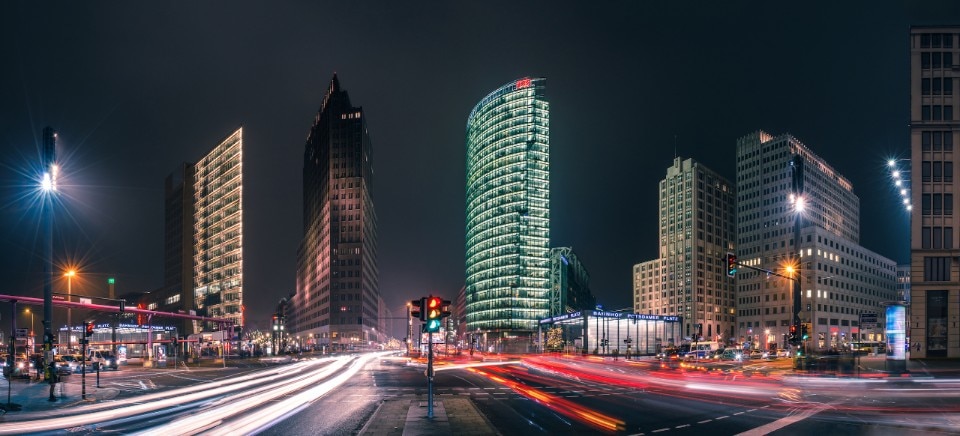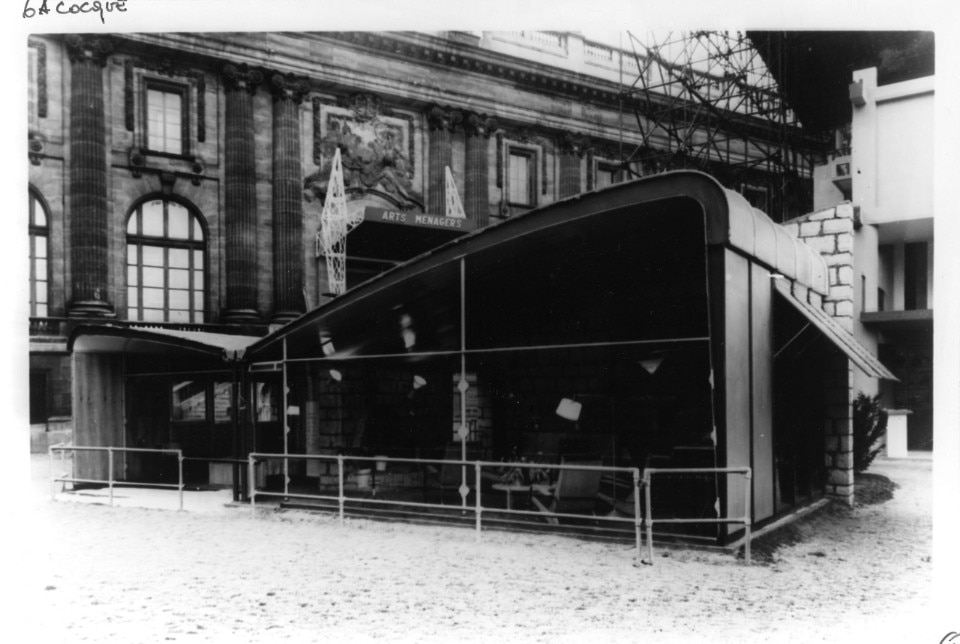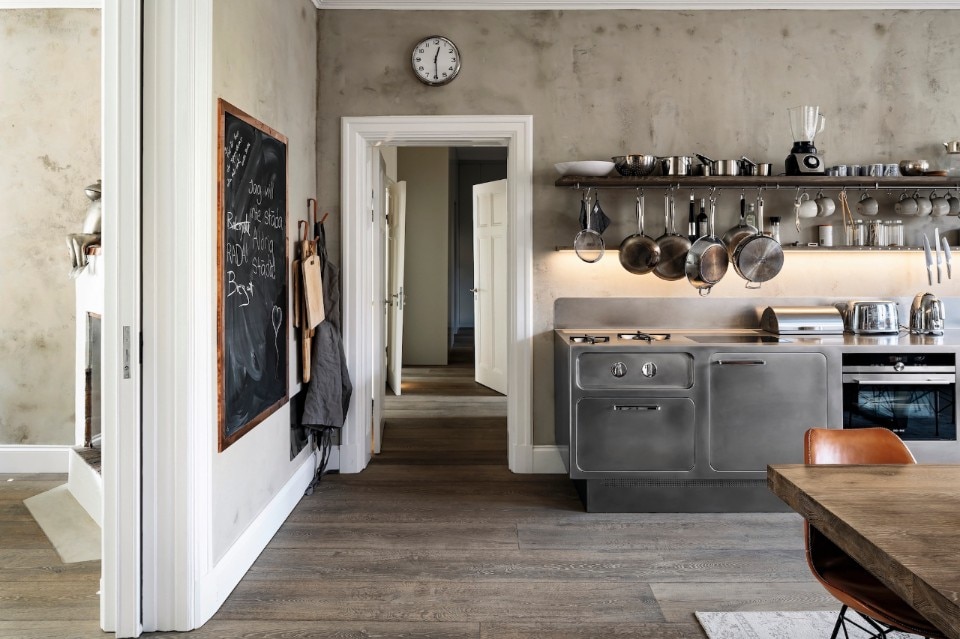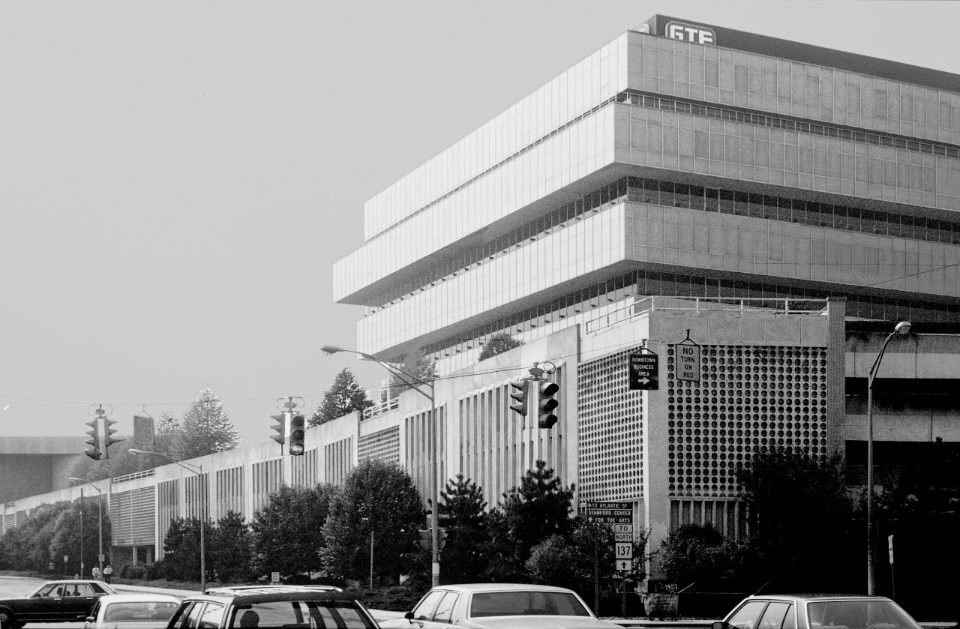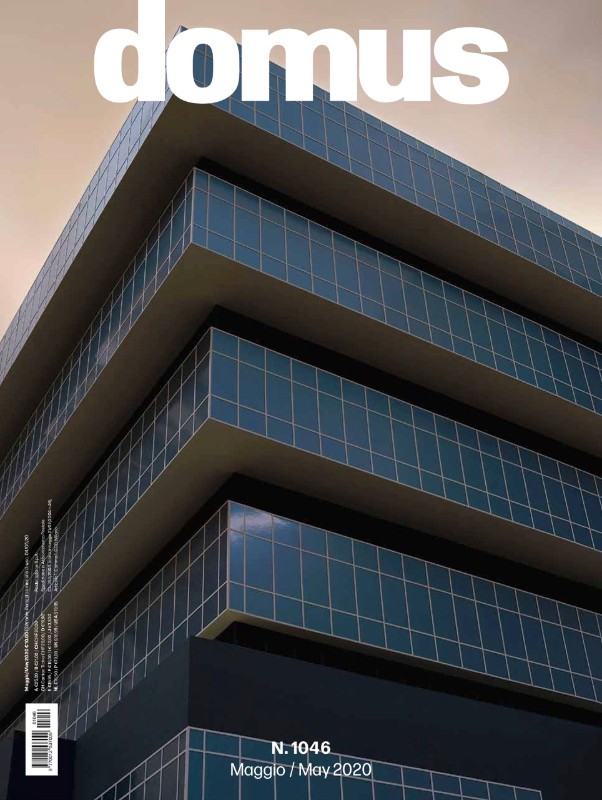Domus May issue focuses on what protects the quality of life and the unacceptable inequality of living conditions in the world. In his editorial David Chipperfield focuses on the drama of the homeless, a problem pushed to the margins during the pandemic. The guest editor states that “We have normalised an emergency where the temporary is permanently protracted and the provisional is without end.”
In this month’s Agenda, Tomà Berlanda argues that architects and designers must first clarify the term “shelter” and its association with a lower quality product. Richard Sennett raises caution on authoritarian control and social isolation into which it could lead and Vittorio Magnago Lampugnani wonders whether it is the case to totally abandon the modern Movement’s project, which is badly adapted to new needs.
David Chipperfiled meets Jo Noero in his studio, whose vital attitude towards the profession reveals a sincere enthusiasm for the material qualities of architecture. For Affinities, Deborah Berke chose three American projects featuring innovative reuse which, although different in scale and function, involve a series of responses to pre-existing structures and use them to force the boundaries of traditional typologies.
In Design and Art Jonathan Olivares analyses the design created on the basis of subjective collections of references and evaluations. Jasper Morrison and Francesca Picchi trace a genealogy of the crate. Exploring the interaction between design and robotic technologies, Graham Pullin takes us into the field of prosthetics. Finally, Robin Monotti Graziadei highlights the work of Japanese director Hirokazu Kore-eda.
Among the Reflections, Balkrishna Doshi portrays with charcoal drawings his studio, inspired by his master Louis Kahn, revealing the fluidity of his way of working and the desire to create “something alive”. Samira Shackle writes from Karachi, where half the population has no drinking water, describing a pilot project in one of the spontaneous settlements. Peter Schneider reflects on the grandiose squares of Berlin that give “a city its appearance” and give us a sense of being firmly placed in one place. Fulvio Irace ends by recalling Jean Prouvé’s prefabricated projects, domestic metal structures that privilege “the versatility of technology as a means to satisfy its social vocation”.
In the Diary section dedicated to current affairs, Domus editorial director Walter Mariotti discusses the need for aesthetics. In the pages dedicated to art Valentina Petrucci talks with art collector Michele Marocchino, while Silvana Annicchiarico presents three young designers in her monthly column. Antonio Armano tells the story of Mario Pedrali, collector and innovator. This month’s section ends with a virtual coffee between Walter Mariotti and Clarice Pecori Giraldi, talking about the future problems of the art market.


